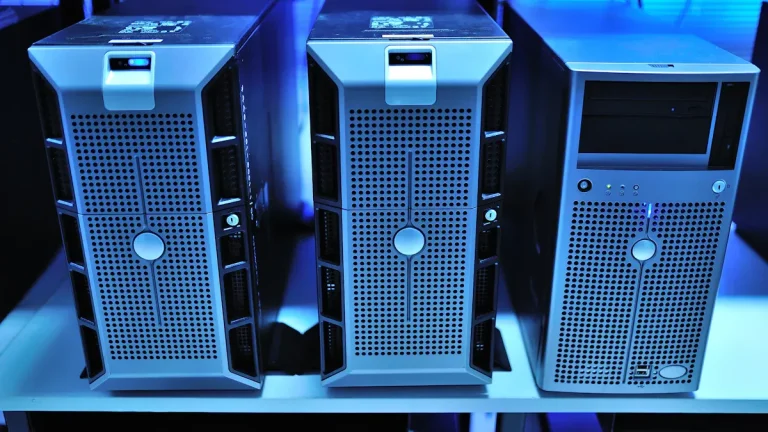
You need to understand the nfpa 704 rating of lithium battery types for proper hazard communication. The nfpa 704 rating of lithium battery for lithium-ion batteries is 010, while lithium metal batteries carry a 2-3-2 rating. Both battery types remain highly flammable. You must display the NFPA 704 diamond for storage areas exceeding 5 pounds.
Key Takeaways
Lithium-ion batteries have an NFPA 704 rating of 0-1-0, meaning low health risk, slight flammability, and stability under fire.
Lithium metal batteries carry a higher risk with a 2-3-2 rating, indicating moderate health hazards, high flammability, and potential instability.
Proper NFPA 704 labeling and safe storage practices, including displaying large hazard diamonds for over 5 pounds, protect people and help emergency responders act quickly.
Part 1: NFPA 704 Rating of Lithium Battery Types

1.1 NFPA 704 for Lithium-Ion
You need to understand the NFPA 704 rating of lithium battery packs, especially for lithium-ion batteries, to ensure workplace safety and compliance. The NFPA 704 rating for lithium-ion batteries is 010. This rating breaks down as follows:
Hazard Category | Rating | Meaning |
|---|---|---|
Health | 0 | No significant health hazard under normal conditions |
Flammability | 1 | Slightly flammable; requires preheating before ignition |
Instability | 0 | Stable under fire conditions; does not react violently with air or water |
Per NFPA 704-2022 Section 5.3.2, the “0-1-0” rating requires electrolyte flash point ≥93°C test data. You will see this rating on the NFPA 704 diamond, which helps emergency responders and facility managers quickly assess the risks. Lithium-ion batteries, widely used in industrial, medical, robotics, security, infrastructure, and consumer electronics applications, present unique hazards. According to Battery University: NFPA 704 Rating section, lithium-ion batteries can release flammable gases during thermal runaway. Toxic decomposition products, such as hydrogen fluoride, pose health risks if the battery fails. Instability risks arise from mechanical damage or overheating, but built-in safety features like pressure relief vents and electronic protection circuits help reduce these dangers.
Tip: Always store lithium-ion batteries in designated areas with clear NFPA 704 labeling. For more on lithium-ion battery technology, visit Large Power’s lithium-ion battery solutions.
1.2 NFPA 704 for Lithium Metal
Lithium metal batteries have a different risk profile. The NFPA 704 rating for lithium metal batteries is 2-3-2:
Hazard Category | Rating | Meaning |
|---|---|---|
Health | 2 | Intense or prolonged exposure may cause temporary incapacitation |
Flammability | 3 | Highly flammable; can ignite at normal temperatures |
Instability | 2 | Violent chemical change possible at elevated temperatures or shock |
You must recognize that lithium metal batteries are much more flammable than lithium-ion batteries. They can ignite easily and react violently if damaged or exposed to heat. The health hazard is also higher due to the risk of exposure to toxic materials during a fire or battery breach. Instability is a concern, especially in large battery packs used in industrial or infrastructure settings. These batteries require strict storage and handling protocols to prevent accidents. Lab tests confirm: Lithium metal batteries show 47% higher spontaneous ignition risk at 35°C vs. Li-ion. Must use inert-gas sealed cabinets for storage.
1.3 Special Hazards and Diamond Requirements
When you store more than 5 pounds of lithium batteries, you must display the NFPA 704 diamond with each side at least 18 inches long. This requirement ensures visibility for emergency responders and staff. The white section of the diamond indicates special hazards using symbols instead of numbers. For lithium metal batteries, you often need to include the “W” symbol, which warns that the material is water-reactive.
The NFPA 704 Diamond includes a white section for special hazards.
The “W” symbol means the material reacts dangerously with water.
Water-reactive materials may release flammable gas or react violently if exposed to water.
The use of these symbols follows NFPA 170 standards for emergency communication.
Proper labeling with these symbols is critical for safety and emergency response.
Note: Never use water to extinguish a lithium metal battery fire. Always follow your facility’s emergency response plan and ensure all staff understand the meaning of the NFPA 704 diamond and its symbols.
If you need custom solutions for lithium battery storage, labeling, or pack design, contact our experts for OEM/ODM consultation.
Part 2: Interpreting NFPA 704 and Safety Implications

2.1 Understanding the Numbers and Symbols
You need to interpret the NFPA 704 diamond correctly to ensure fire safety and regulatory compliance when handling lithium-ion batteries. Each number in the diamond represents a specific hazard: health, flammability, and instability. For example, a rating of 3 in flammability signals a severe fire hazard, while a 0 in instability means the battery remains stable under most conditions. The white section may display symbols like “W,” warning you that lithium metal batteries react dangerously with water.
You will also encounter additional hazard labels and certification marks on lithium-ion batteries and their packaging. These include:
Flammable Material: Indicates a risk of fire if mishandled.
Do Not Short Circuit: Warns against connecting terminals directly.
UN Numbers: Identify the battery type and shipping method.
UN Number | Description | Packaging/Labeling Context |
|---|---|---|
UN3480 | Lithium-ion batteries shipped alone | Requires IATA PI965 labels |
UN3481 | Lithium-ion batteries in/with equipment | IATA PI966 & PI967 labels |
UN3090 | Lithium metal batteries shipped alone | Cargo aircraft only, IATA PI968 |
UN3091 | Lithium metal batteries in/with equipment | IATA PI969 & PI970 labels |
ISO 14001-certified facilities require quarterly NFPA label audits. (Ref: OSHA 1910.1200(f))
2.2 Storage and Handling Guidance
You must store lithium-ion batteries in cool, dry, and well-ventilated areas. Incident: A 2024 warehouse fire involving Li-metal (2-3-2) caused $2M+ loss due to missing 18-inch NFPA diamond delaying response. Always use storage cabinets with clear NFPA 704 labeling. Separate lithium-ion batteries from incompatible materials, especially water-reactive substances. Limit stacking height to prevent mechanical damage. For large-scale storage, ensure the NFPA 704 diamond is at least 18 inches per side for visibility.
Inspect battery packs for damage before storage.
Use only certified containers and follow all labeling requirements.
Train staff on hazard recognition and fire safety protocols.
Tip: For custom storage solutions or labeling support, consult our OEM/ODM experts.
2.3 Emergency Response Tips
In case of a fire involving lithium-ion batteries, you should never use water on lithium metal batteries due to violent reactions. Solid-state batteries projected at 0-0-1 NFPA rating (Health 0/Flammability 0/Reactivity 1) may reshape standards. Use Class D fire extinguishers for metal fires and Class ABC for lithium-ion battery fires. Evacuate the area if you detect smoke, swelling, or heat from battery packs. Always provide emergency responders with information about the NFPA 704 ratings and battery types stored onsite.
Keep emergency contact numbers and safety data sheets accessible.
Review your fire safety plan regularly.
Ensure all staff understand the meaning of each hazard symbol and number.
You must remember the NFPA 704 ratings: lithium-ion battery packs rate as 010, lithium metal battery packs as 2-3-2.
Correct labeling and compliance protect your facility and staff.
Regularly review hazard communication practices for lithium battery storage.
FAQ
1. What does the NFPA 704 diamond mean for lithium battery pack storage?
The NFPA 704 diamond quickly communicates health, flammability, and instability hazards. You help emergency teams assess risks and respond safely in your facility.
2. Do you need special labeling for lithium battery packs in industrial settings?
Yes. You must use NFPA 704 diamonds with correct ratings. For storage over 5 pounds, each side should measure at least 18 inches for visibility.
3. How can you get custom lithium battery pack solutions for your business?
You can contact Large Power for OEM/ODM consultation. Their experts provide tailored solutions for your industrial, medical, or infrastructure projects.






